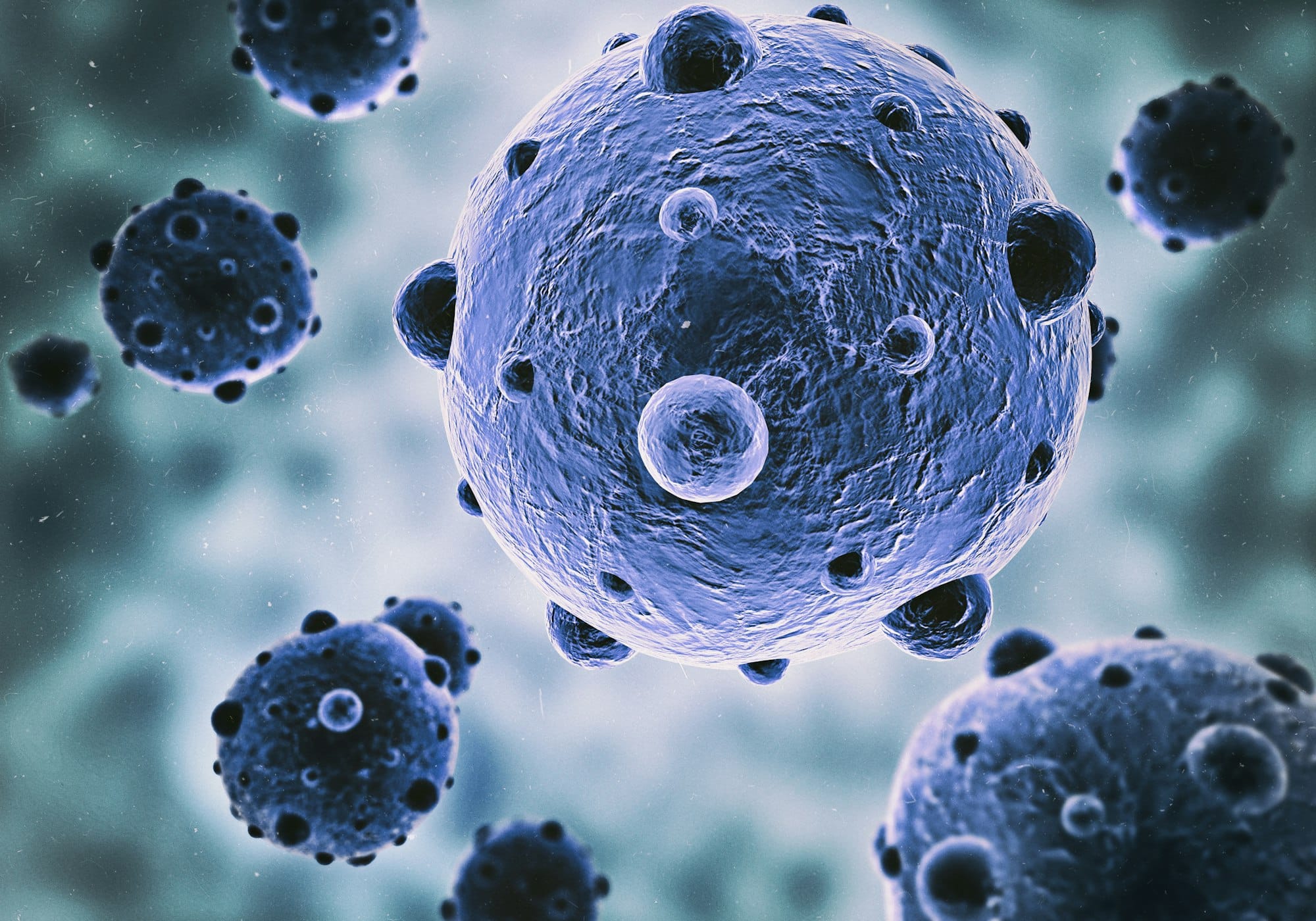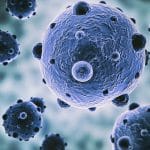Water, our most essential resource, is under an increasing burden from growing populations, industrial activities, and environmental change. The treatment of wastewater, therefore, is of paramount importance. However, conventional methods often come with high energy costs, contributing to our carbon footprint. As you explore alternative solutions, one possibility stands out – the microbial fuel cell (MFC). This technology promises not only efficient wastewater treatment but also a source of clean energy.
Understanding Microbial Fuel Cells
The journey towards realizing the potential of MFCs begins with understanding what they are and how they work. Microbial fuel cells use bacteria to generate electricity from organic matter. The process involves the bacteria acting as catalysts to break down the organic materials in a cell, in this case, a specially designed MFC.
Topic to read : What Are the Innovations in Collision Avoidance Systems for Commercial Drones?
In an MFC, the anode, or negative terminal, is where the bacteria are housed. The organic matter in the wastewater provides the necessary food for these bacteria. As the bacteria consume the organic matter, they produce electrons and protons. The electrons are drawn towards the cathode, or positive terminal, passing through an external circuit, thereby generating electricity.
This process not only cleans the water by removing the organic matter but also creates electricity, providing a two-pronged solution to wastewater treatment and energy generation.
Have you seen this : How Are AR Headsets Streamlining Field Service Operations for Utility Companies?
The Potential of MFCs in Wastewater Treatment
Traditional wastewater treatment methods can be energy-intensive, consuming a significant amount of power. MFCs offer a promising alternative. They treat wastewater while generating electricity, making the process not just energy-neutral, but even energy-positive.
The bacteria in the MFCs are remarkably efficient at breaking down organic waste. They can remove a high percentage of the Chemical Oxygen Demand (COD) – a measure of the organic matter in water. Studies have shown that MFCs can achieve COD removal rates of up to 90%, making them highly effective for wastewater treatment.
Moreover, Crossref and Scholar research indicate that bacteria in MFCs can also remove other pollutants from wastewater. For instance, they can reduce nitrogen and phosphorus levels, both of which can cause significant environmental harm if left untreated.
Harnessing Energy from MFCs
While the wastewater treatment potential of MFCs is impressive, equally exciting is their ability to generate electricity. In fact, this is where the term ‘fuel cell’ in MFC comes from. The science behind this is both fascinating and promising.
As the bacteria in the MFC consume the organic waste, they generate electrons. These electrons, eager to reach the cathode, pass through an external circuit, creating a flow of electricity. Although the power generated by a single MFC can be minimal, combining multiple cells can scale up the power output, making it a practical and feasible option for energy generation.
Research has shown that MFCs can produce up to 0.5 kWh of energy per kilogram of COD removed. With the average person producing approximately 0.06 kg of COD per day, a city of 1 million people could potentially generate over 10,000 kWh of energy per day from wastewater alone. This is the equivalent of powering several thousand homes.
The Influence of MFCs on Carbon Reduction
In our world increasingly concerned with carbon footprints and climate change, MFCs offer another environmental benefit – carbon reduction. The dual-action nature of MFCs makes them a potent tool in the quest to reduce our carbon emissions.
Firstly, by generating electricity from wastewater, MFCs can reduce the need for fossil fuel-based power, thereby reducing carbon emissions. Secondly, the wastewater treatment process itself, which usually requires substantial energy, can be run using the electricity generated by the MFCs. This effectively makes the process carbon-neutral, dramatically reducing the carbon footprint of wastewater treatment.
Challenges and Future Prospects of MFCs
Like any emerging technology, MFCs face numerous hurdles. The power output, while promising, is currently not high enough for large-scale applications. Finding ways to increase the efficiency and scale of electricity generation from MFCs is a focus of ongoing research.
Another challenge is the complexity of scaling up the technology. Building large-scale MFC systems that can handle the vast amounts of wastewater generated by urban populations is a daunting task. Devising cost-effective and efficient designs for these systems is a critical step in making MFCs a practical solution for wastewater treatment and clean energy generation.
Yet, despite these challenges, the future of MFCs looks promising. The dual benefits of efficient wastewater treatment and clean energy generation make them a compelling solution in a world grappling with water scarcity and climate change. The road ahead may be challenging, but the potential rewards make it a journey worth taking.
Enhancements in MFC Technology with Increasing Research and Development
The study of MFCs has opened up a multitude of opportunities to improve wastewater treatment and diversify our avenues of power generation. However, the existing limitations of MFCs can be overcome through focused research and development.
There is a broad consensus among researchers, as noted in multiple Google Scholar and Crossref publications, that the power density of MFCs can be significantly enhanced. The efficiency of these fuel cells is directly linked to the surface area available for the microbes to interact with the electrode, the anode-cathode distance, and the internal resistance. By optimizing these factors, we can maximize the power generation potential of MFCs.
Another crucial area of development is the use of cost-effective materials in the construction of MFCs. Currently, the materials for electrodes and proton exchange membrane are expensive, limiting the widespread adoption of this technology. Research is underway to identify cheaper and more accessible alternatives that can make MFCs more economically viable.
Additionally, the design of MFCs is a critical aspect that needs further attention. A recent study on Scholar Crossref suggested that using a spiral design can increase the electrode surface area while decreasing the anode-cathode distance, thus improving power density.
Conclusion: MFCs – The Future of Wastewater Treatment and Clean Energy Generation
Microbial fuel cells present a paradigm shift in how we approach wastewater treatment and energy production. The ability to convert waste into electricity is a significant leap forward in sustainable living. The dual-benefit of this technology—efficient wastewater treatment and clean energy generation—makes it an invaluable tool in our fight against climate change.
However, the wide-scale adoption of MFCs is still a work in progress. The current challenges, predominantly concerning power density and cost-effectiveness, need to be overcome to unlock the full potential of this technology. With continued research and development, we can expect to see more advancements that will bring us closer to making MFCs the default solution for wastewater treatment and energy production.
A future where cities generate their own power from domestic wastewater, reducing their dependence on fossil fuels, and in turn, limiting carbon emissions is not too far. With MFCs, we have the potential to create a world wherein the treatment of wastewater is not just an environmental obligation but a valuable resource. The possibilities are immense, and the benefits, invaluable. It is upon us to seize this opportunity and work towards a more sustainable and cleaner future.






